In section 1 an urban analysis and project overview was presented. This section will focus on one function of the project, which is Stacja Muranów – the metro station.
This is not just another metro station, but an integrative part of the buildings and the public spaces layout of the project. As most common metro stations are “underground boxes” detached from street level, the suggested Stacja Muranów is inspired by prewar buildings layout, and connected to the street by natural light and sight, and comfortably accessible using intriguing passages.
Let’s take a tour into and out of the station:
Following image shows a glimpse into the underground levels, with levels above ground removed.
Here are some images of the station. As can be seen, large openings, inspired by prewar building courtyards, allow natural light into the platform level, as well as view from the platform to the street above – for orientation and reducing the uneasy feeling usually associated with going underground.
Two underground levels of the station are built according to two different grids, thus creating a structural challenge. The structure is based on “two-dimensional tree” columns made of precast concrete that support steel beams. These “trees” are reminiscent of envelope walls which survived the war and gave buildings a two dimensional sight, with the tree growth that symbolizes revival and hope.
Here is an isometric view to the main entrance hall at 5 meters below street level. Its shape is partially based on prewar buildings footprint, creating a notable public hall suitable for exhibitions and performances, in addition to the regular services (information, ticket office, toilets, management) and commerce spaces.
On street level, several entrances serve commuters from various parts of the square. Elevators go directly from platform to street level for better accessibility. The station building is integral to the project urban layout.
Following image shows part of the entrance hall, which is based on a prewar building footprint – Nalewki 26. If remains of the prewar buildings are found, such as basement walls, they can be combined in the station wall.
And some sights from the underground levels
The complete project book file (55MB) can be downloaded from here.
Goto: Section 1 – Analysis and Overview | Section 3 – Street and Buildings
A final project in architecture and town planning studies in Technion – Israel Institute of Technology | Supervision and guidance: Ruth Liberty – Shalev, Eran Mordohovich, Ram Eisenberg | Special Thanks: Israel – Rami Gil, Alona Nitzan Sfiftan, David Sneider, Moti Grosman, Haim Singer, Michael Weitzman, Vitali Skvirsky, Yossi Gordon, Martin Darmon, Yad Mordehai Museum, Pesah and Zahava Shachar, Sarai Sheinvald. Poland – Barbara Kluza, Beata Chomątowska, Matan Shefi, Konrad Matyjaszek, Andrzej Krzyzanek, Jan Jagielski, IGPIM Warszawa, Agnieszka Ciesla, Malgorzata Kowalczyk, Pawel Sudra

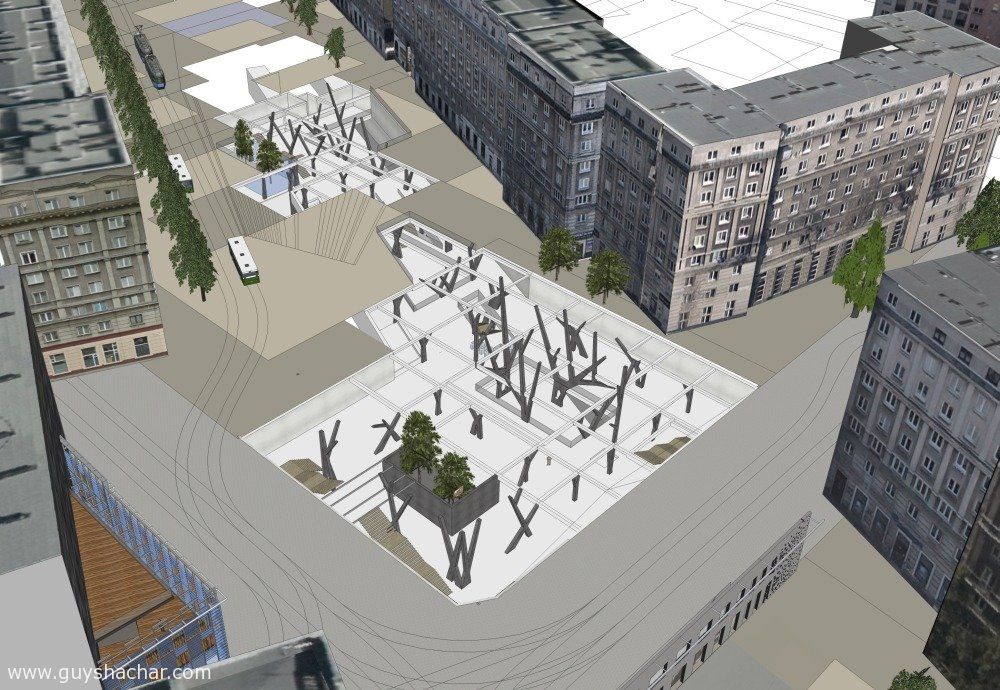
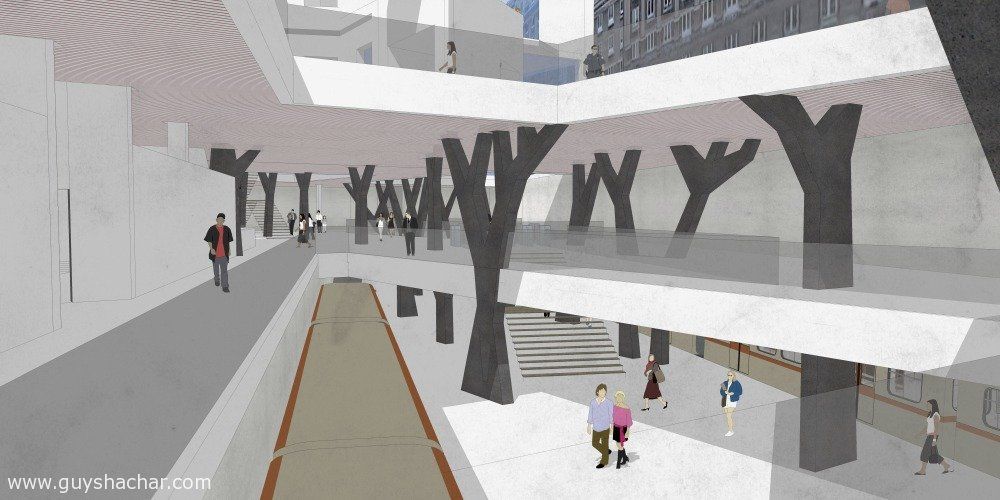
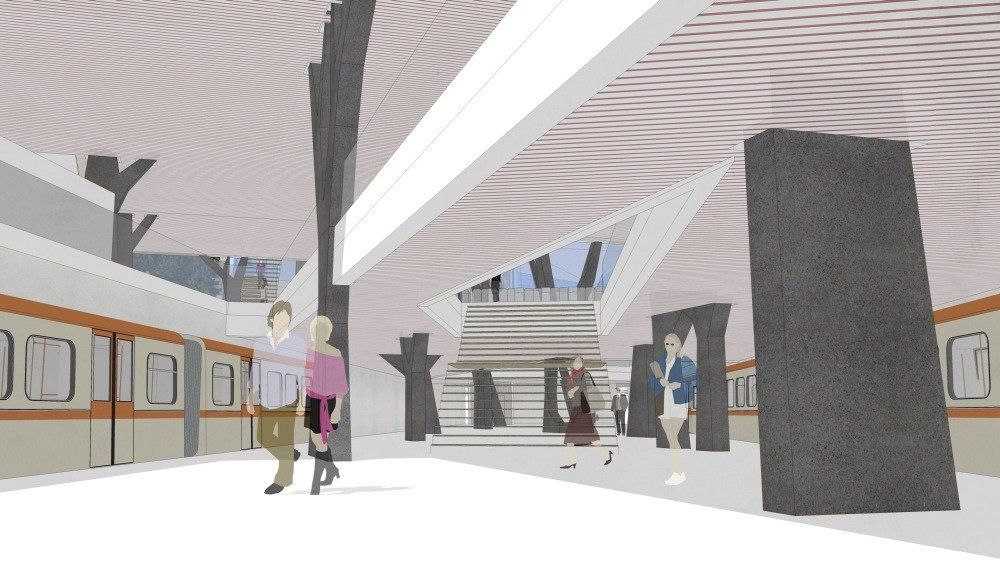
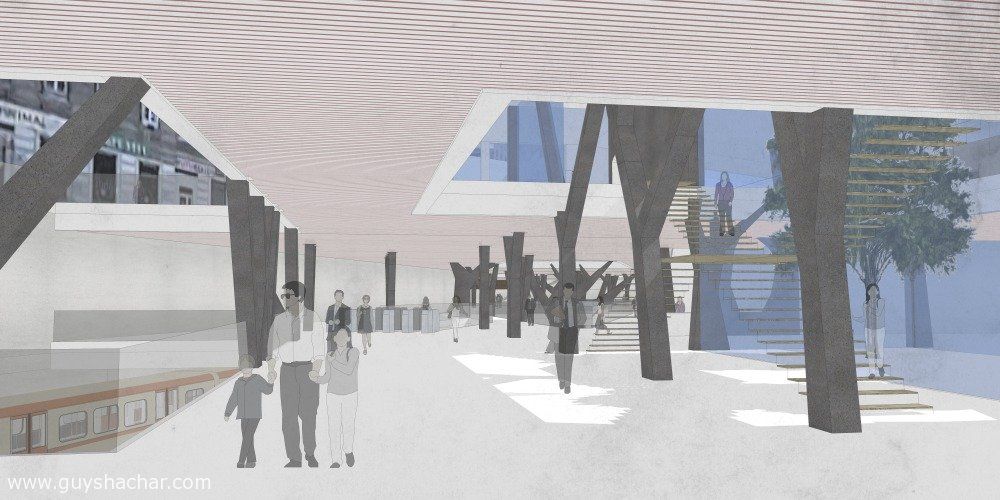
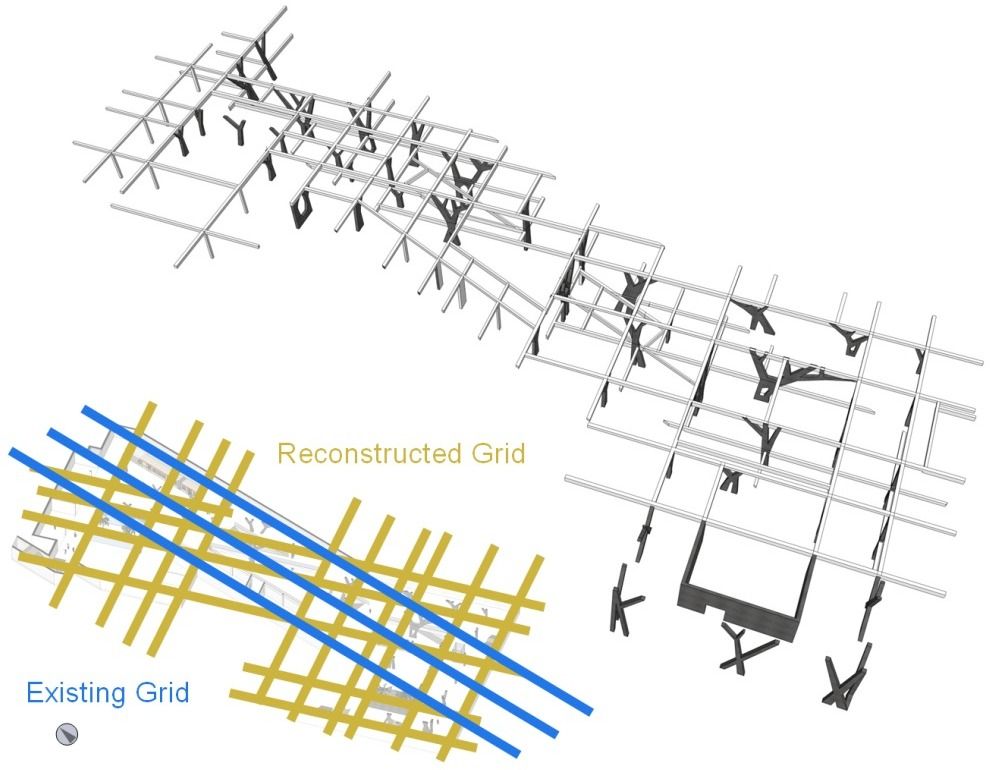
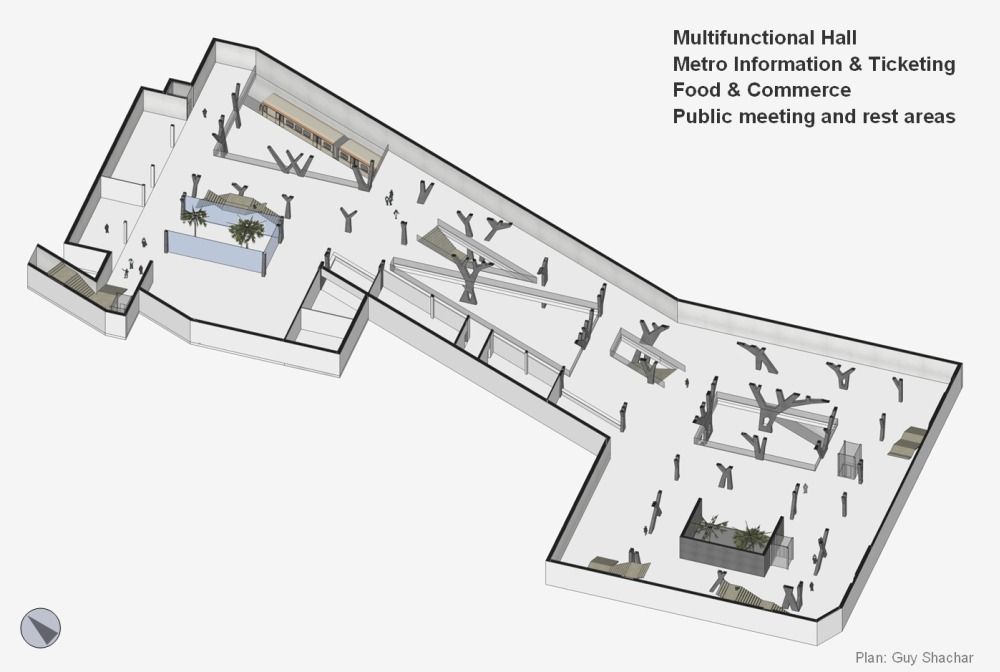
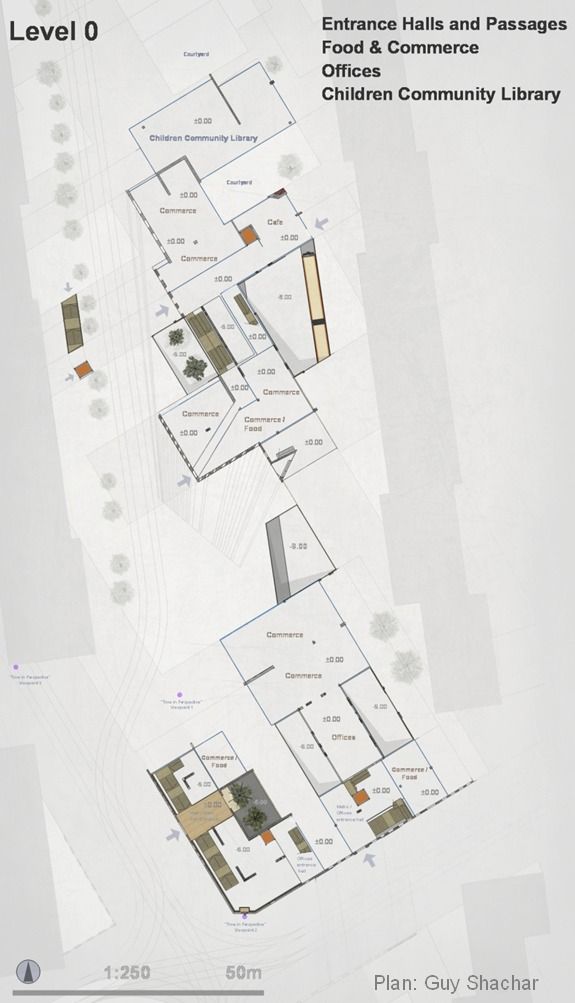
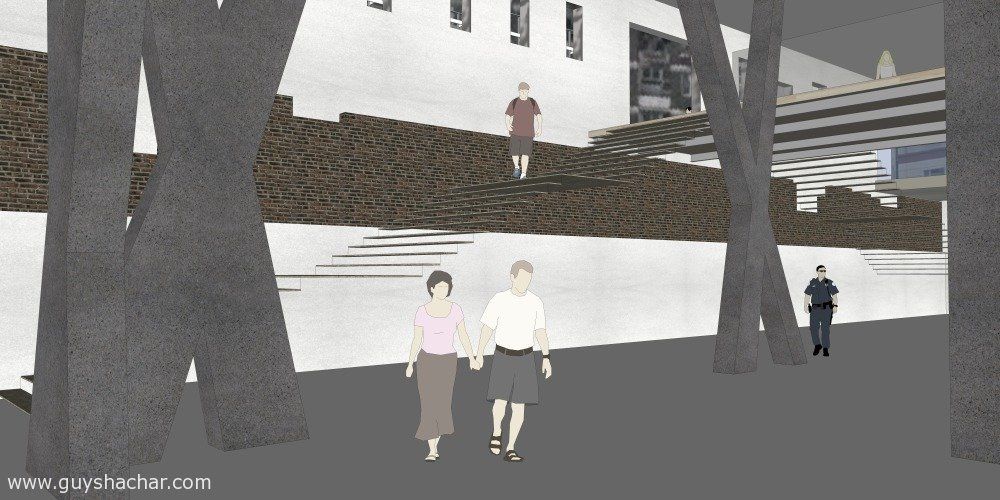

Leave a Reply